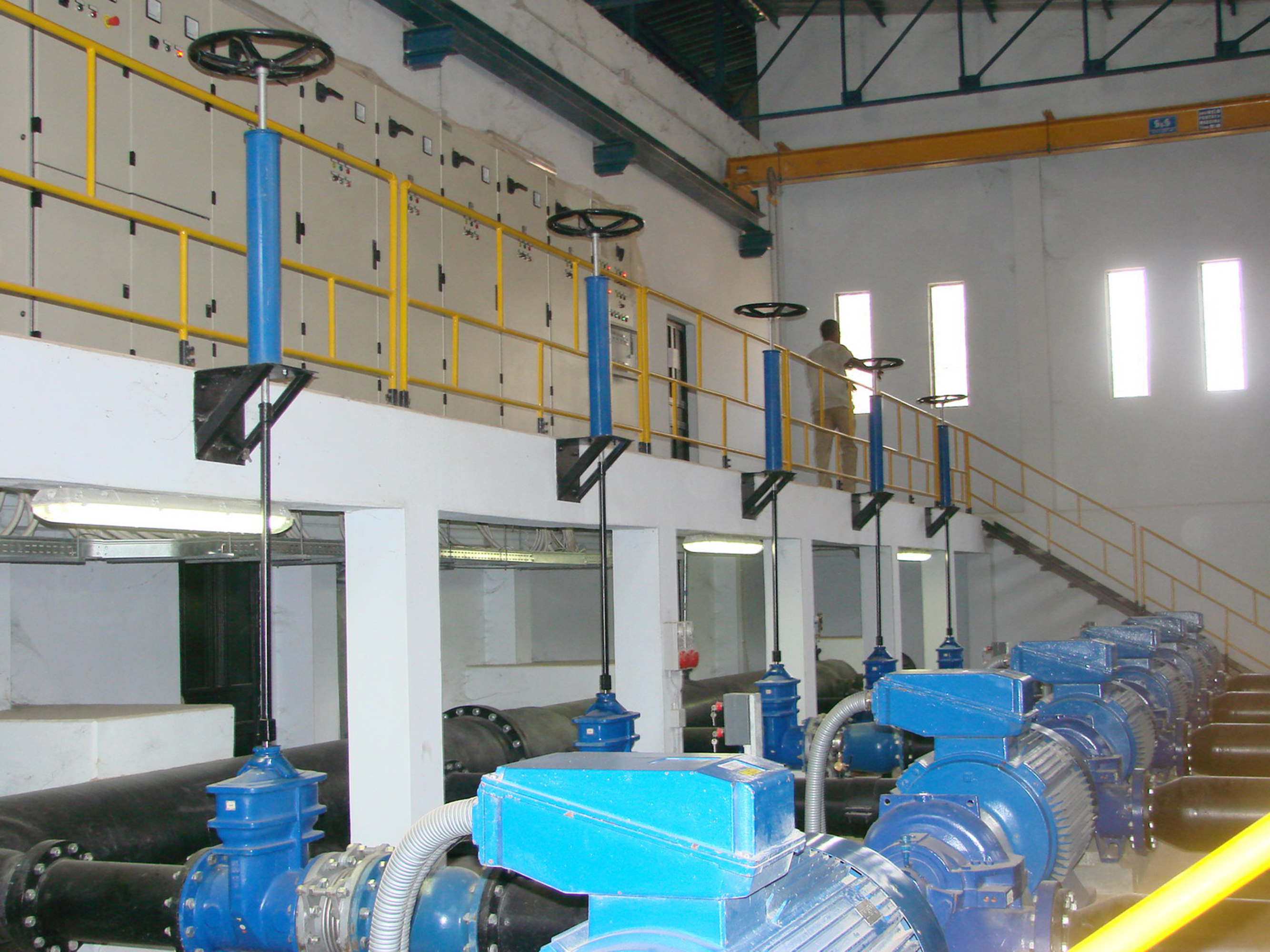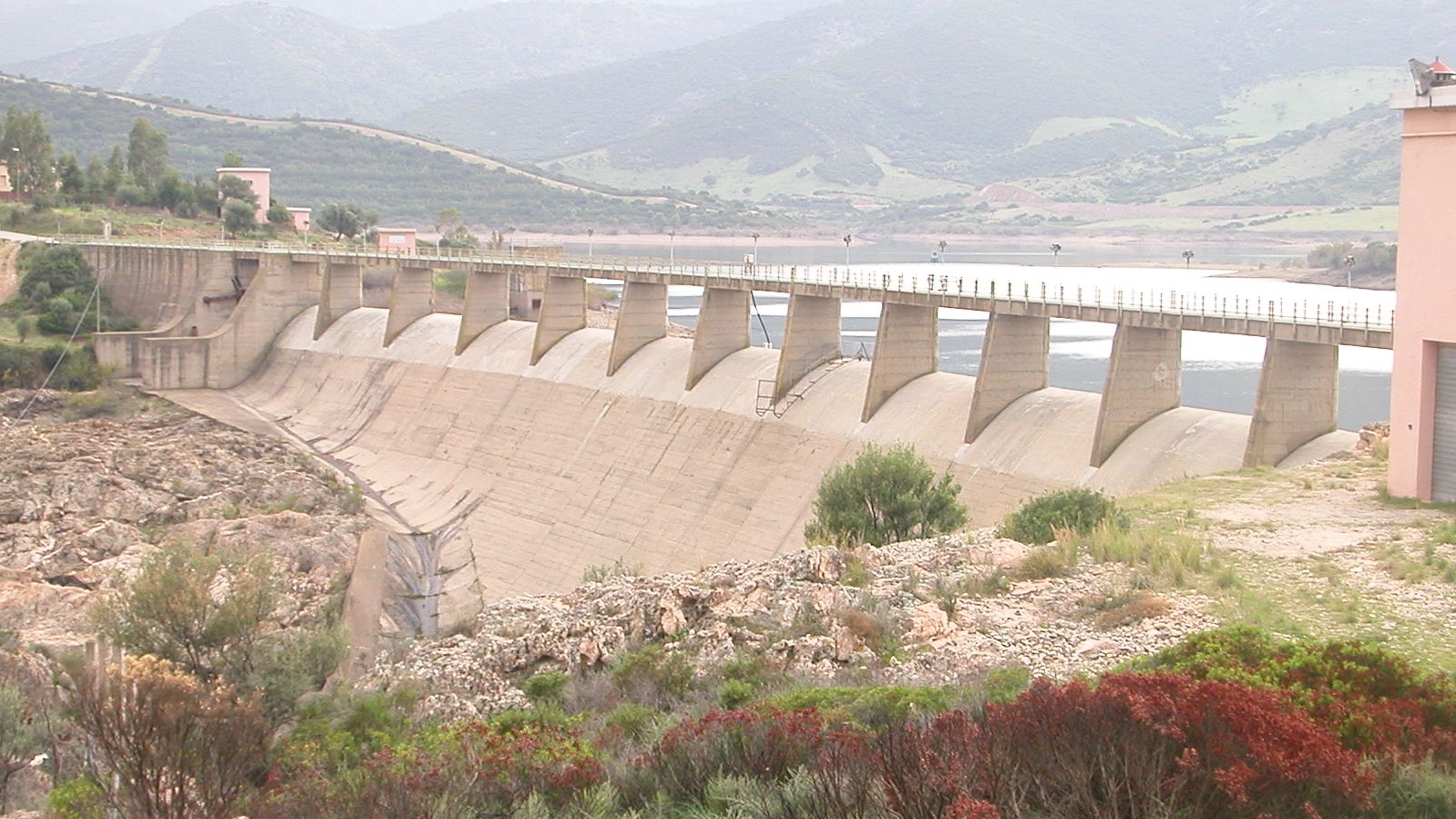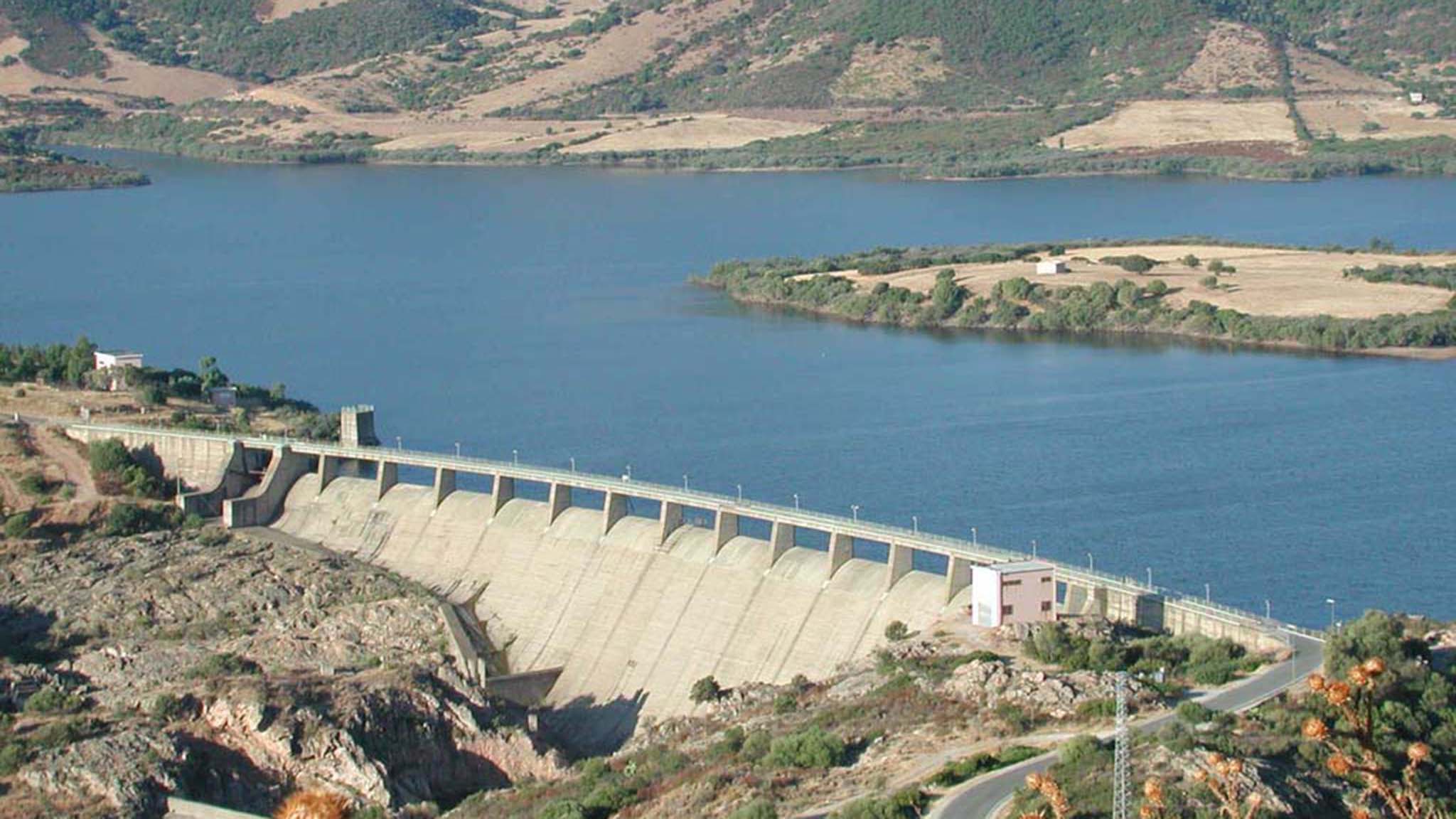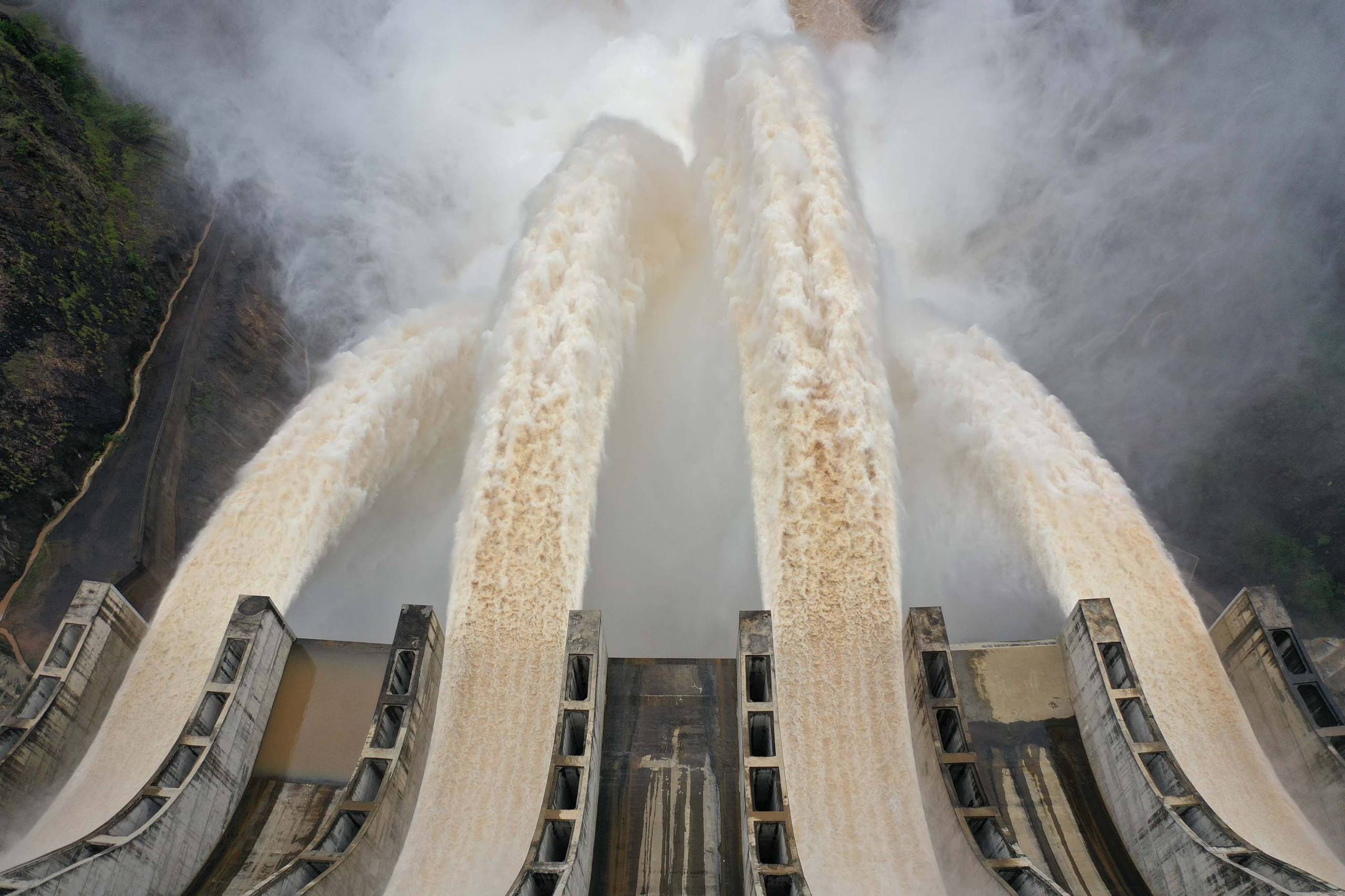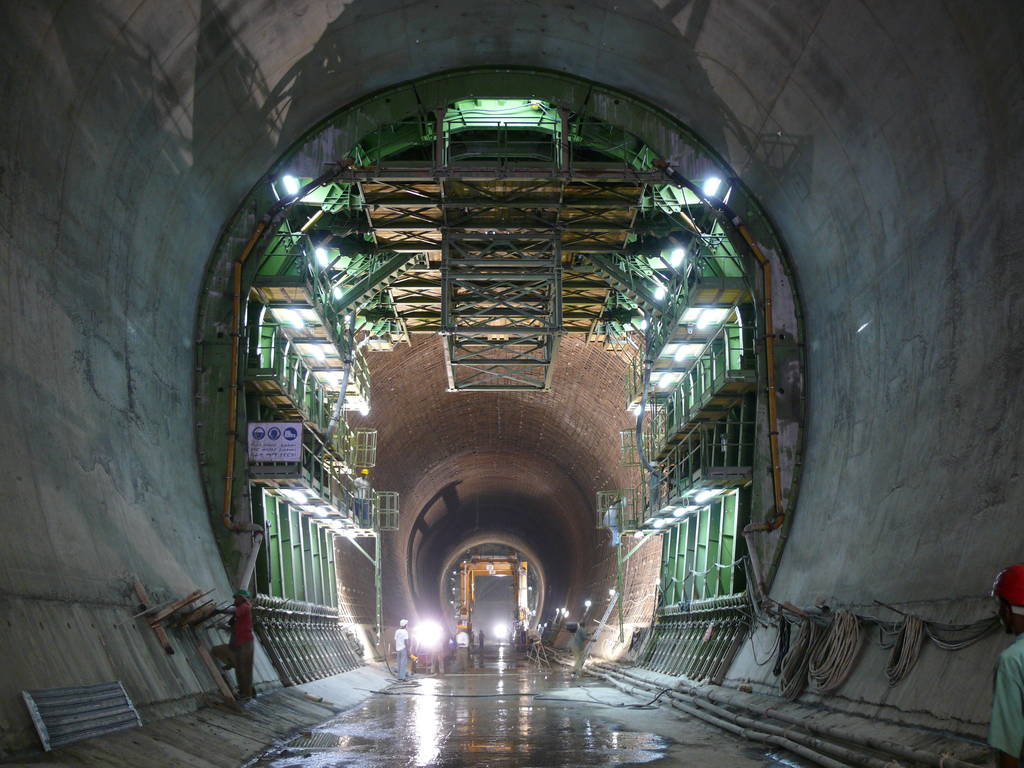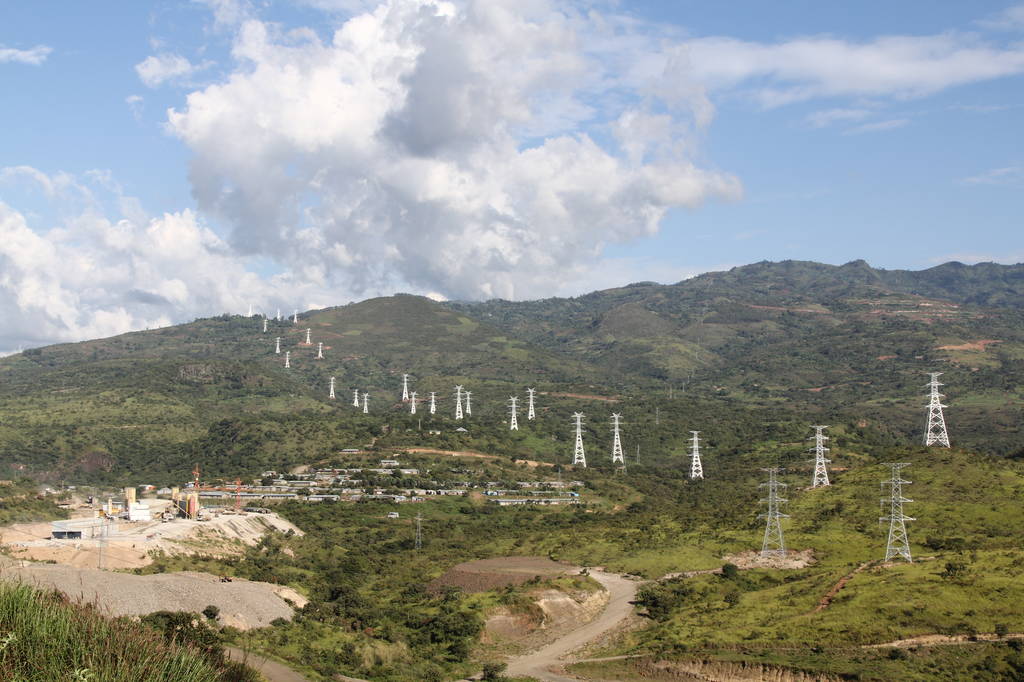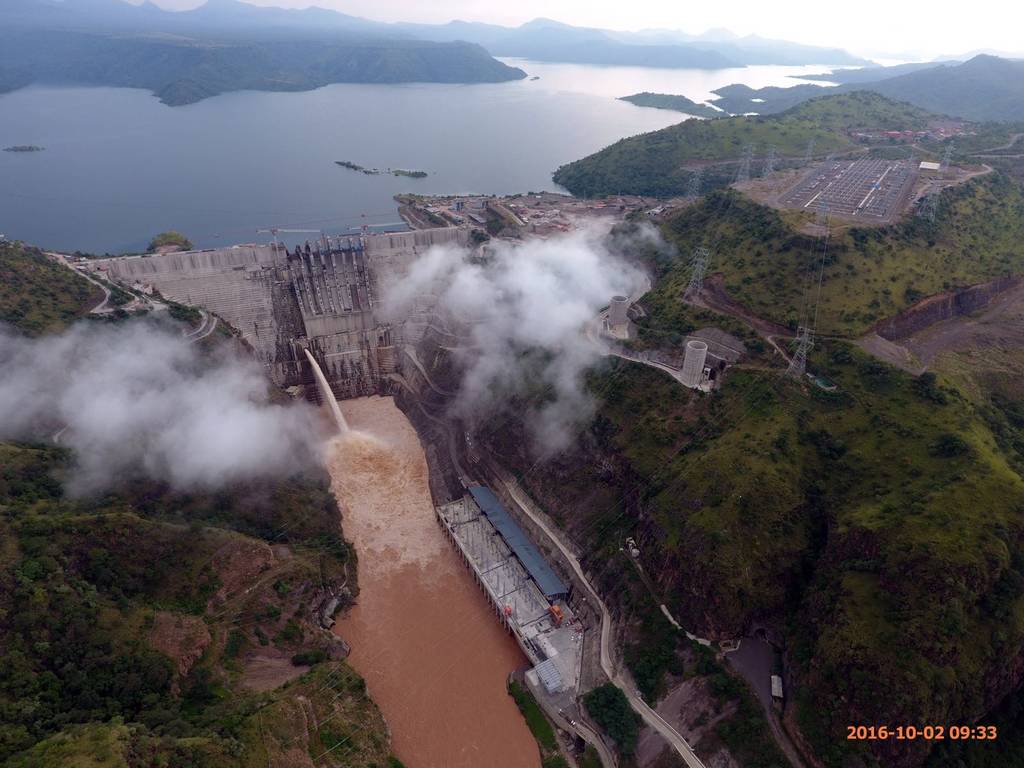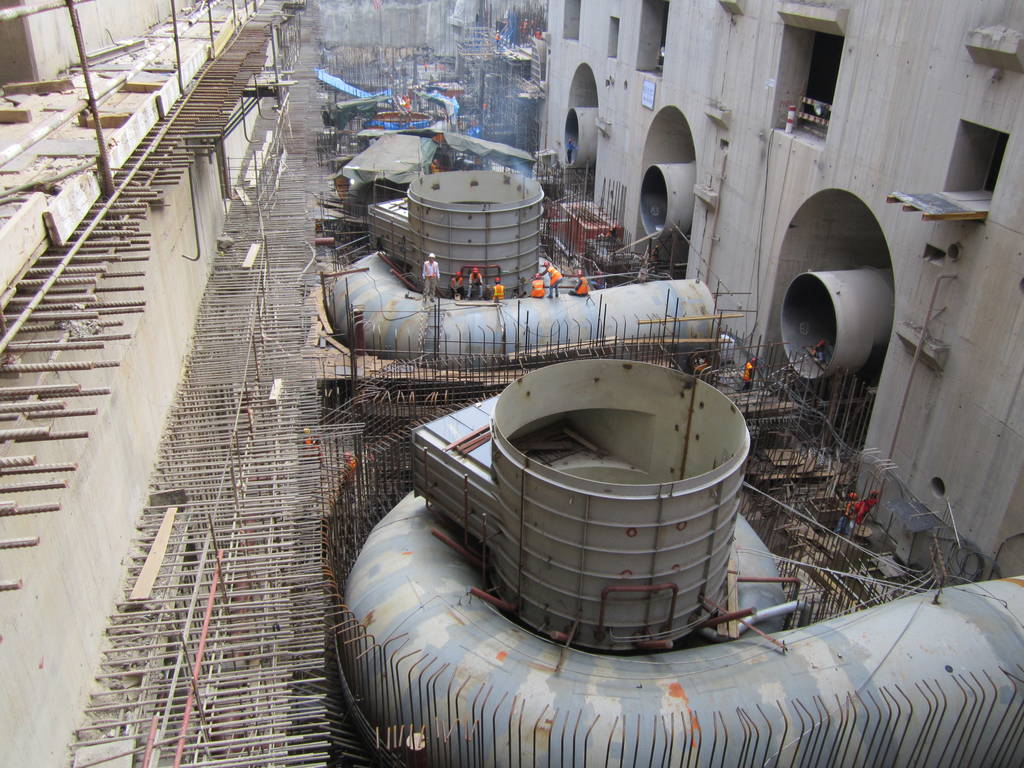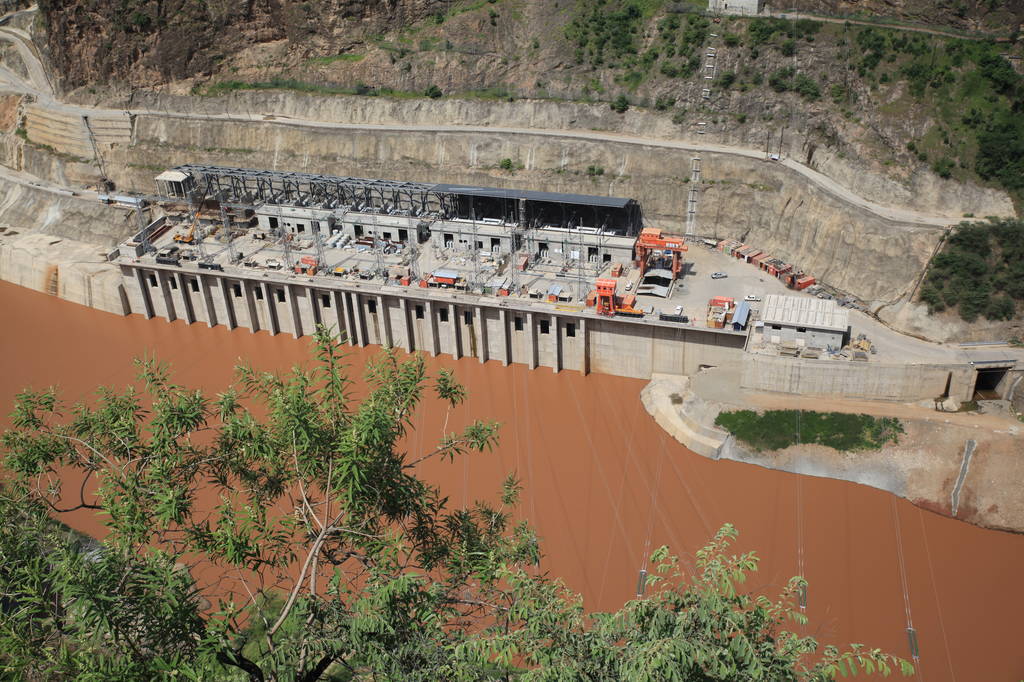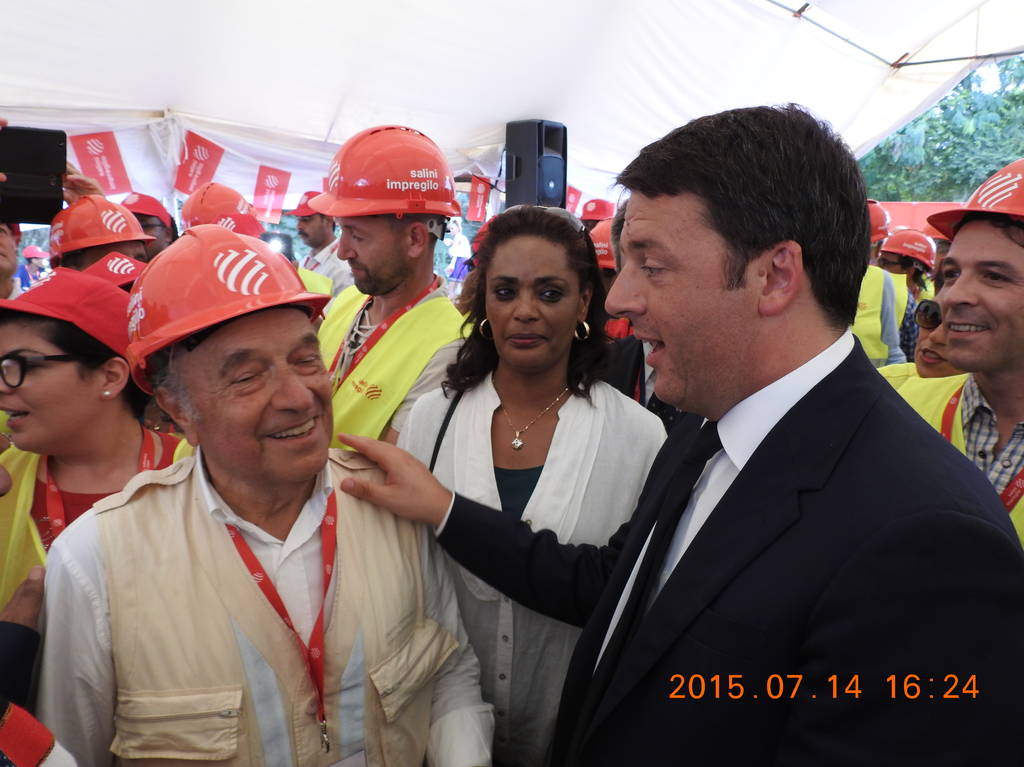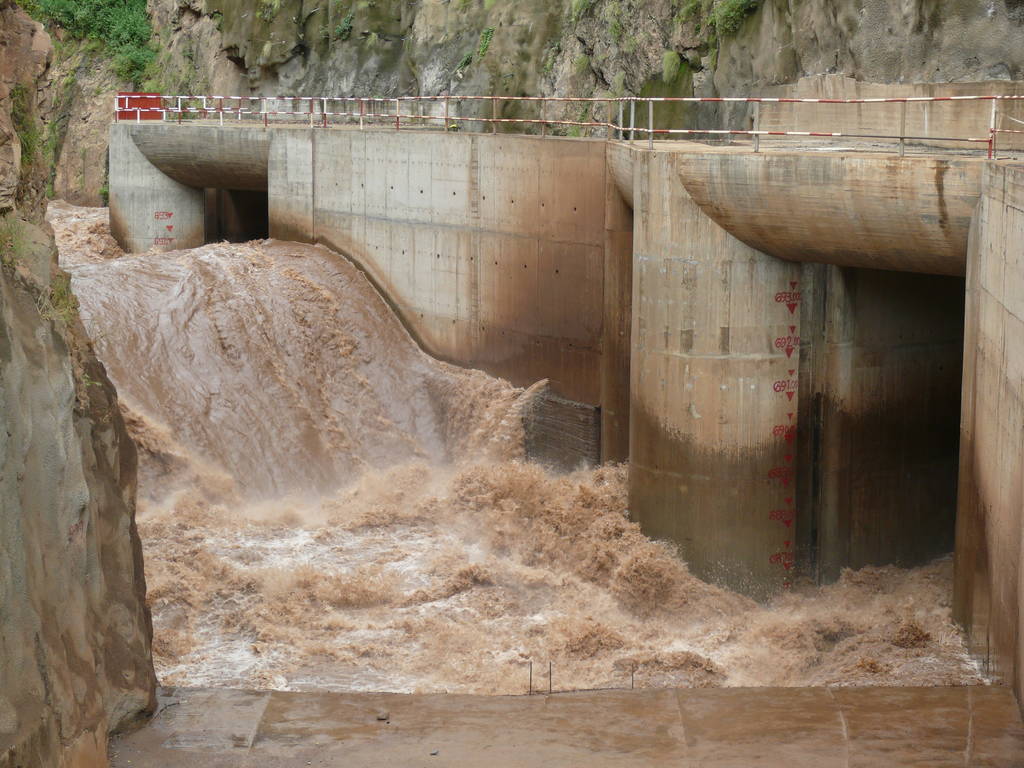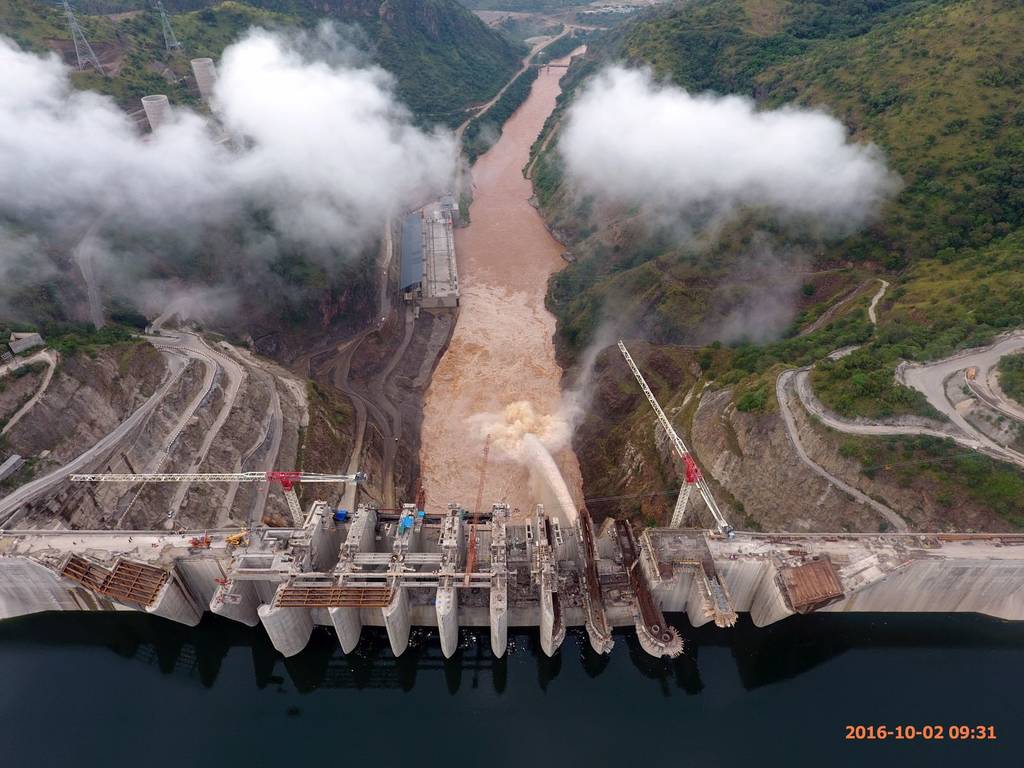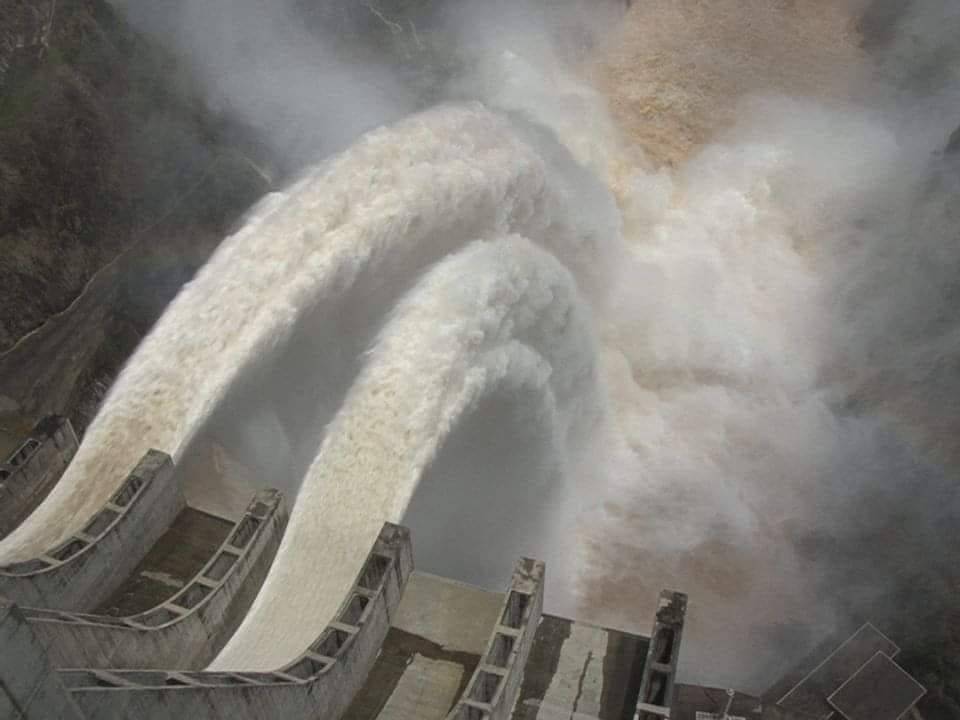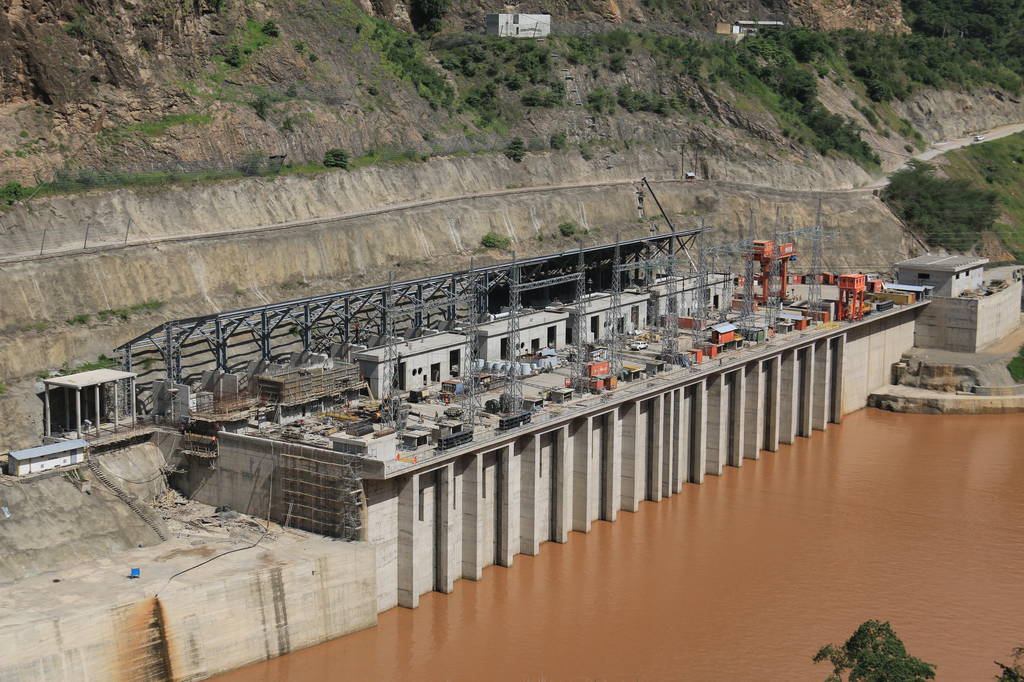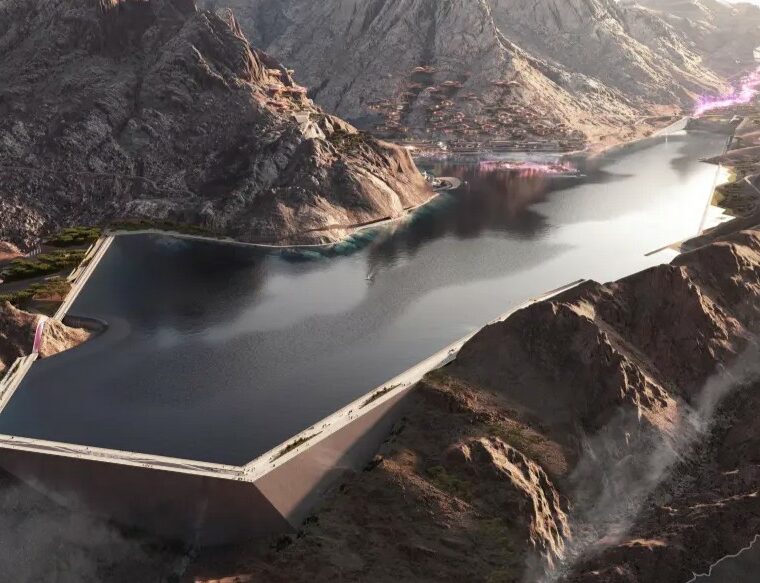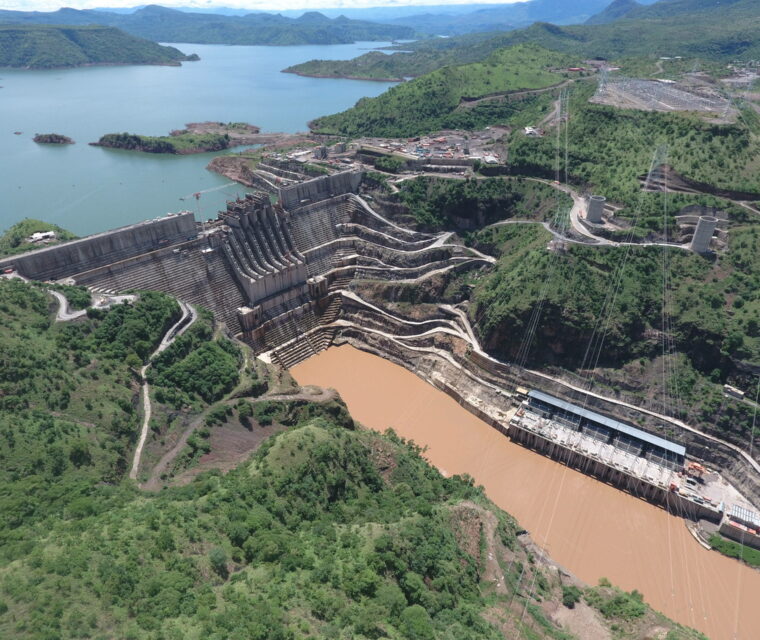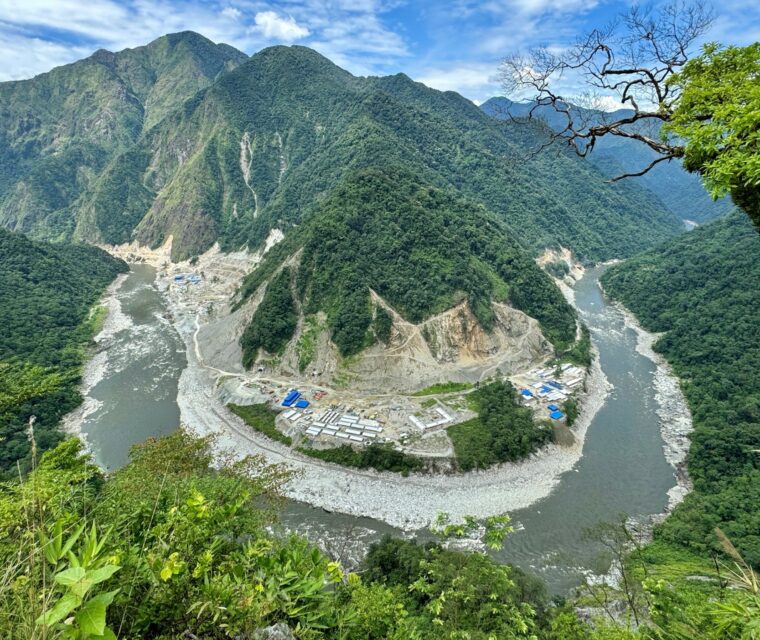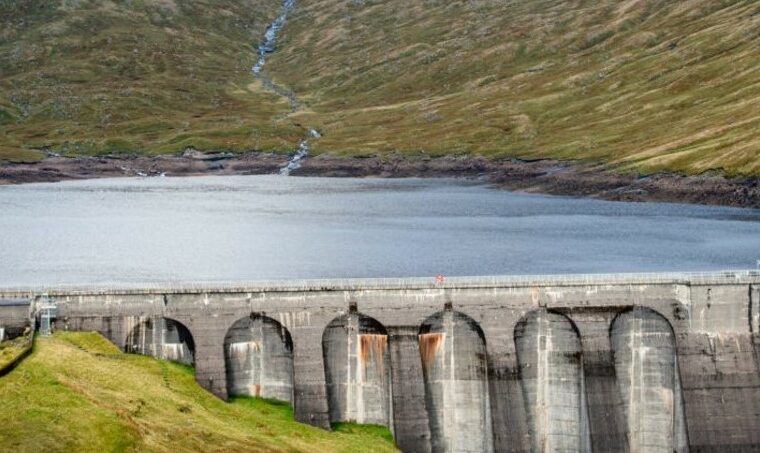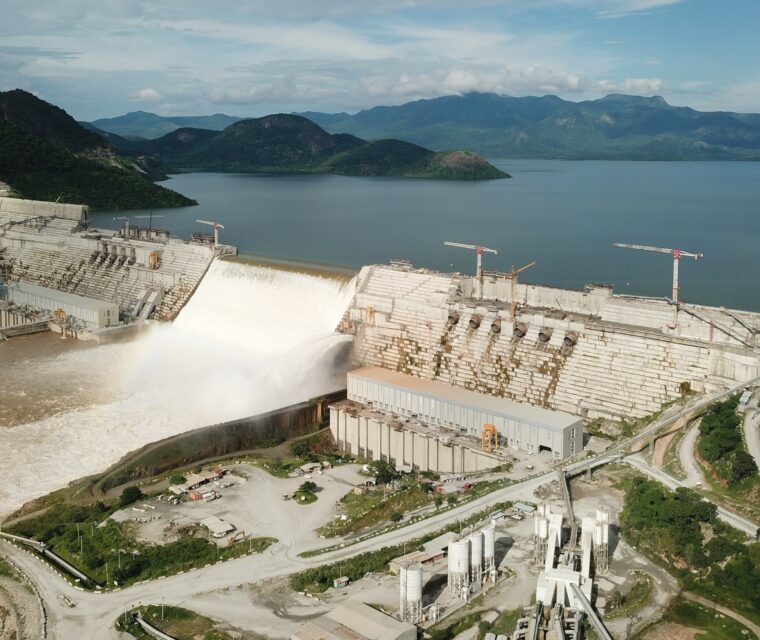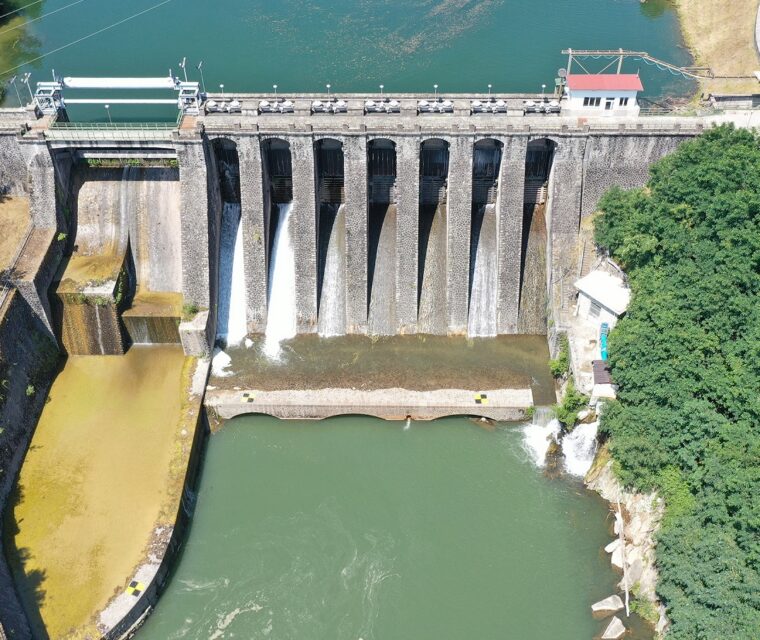Gibe III hydropower plant is the third stage of the Gibe-Omo hydroelectric cascade which includes Gibe I and Gibe II (both in operation) and Koysha (under construction). PLACE CLIENT YEAR 250 m Gibe III includes the world’s highest RCC gravity dam, more than 250 m high. With his record breaking height the dam involved major technical efforts, and it has proved to be one of the biggest challenges faced by our engineers to date. The large spillway is incorporated in the central part of the dam body. It includes an overflow crest divided into seven bays, controlled by radial gates, and flip buckets on the chute designed for partly dissipating the energy in air. In the river bed, a pre-excavated plunge pool is foreseen between the d/s toe of dam and the power house. Each gate can be operated independently, guaranteeing a remarkable flexibility for operation and maintenance. Two middle outlets are embedded in the dam body, being designed to allow the control of the reservoir impounding and are sized to cope with wet season floods release, according to the recommendations of the ESIA studies. The operation of these large hydraulic works was modelled through several large physical hydraulic models. Uncommon hydraulic conditions were also simulated and results of these test indicated that the spillway is able to operate in many adverse conditions. Two 11 m power tunnels, each long more than 1km, with relevant manifolds and surge shaft form the waterways of the hydropower project. The outdoor powerhouse is located on the left bank and houses 10 Francis turbines with an installed power of 1,870 MW. The building is a conventional surface outdoor type divided in six blocks: five housing the turbines and the sixth the erection bay and control building. The project also included river diversion tunnels with intake structures, located in the riverside Tsida river tributary. A temporary upstream rockfill dam, with and impermeable zigzag geo-membrane core, completed the protection against flooding the dam area of permanent works. One of the most evident is modification of dam type (from Rockfill with bituminous face to RCC gravity dam) and related general project layout, carried out after the river diversion phase which allowed a reduction in the general implementation schedule and provided construction material. Another peculiarity of Gibe III is that the layout has been conceived to allow the commencement of impounding before completion of construction, thereby bringing forward power production by more than 1 year. The RCC mix design was extensively studied allowed the use of rather low cement content (varying from 70 to 120 kg/m³). In order to maximize the use of national resources for project implementation (which is an essential element for harvesting both direct and indirect economic impacts of the large investment associated with the Project) tests on national cements continued in parallel with construction, in cooperation with Ethiopian cement factories, finally leading to the definition of a suitable RCC mix employing improved Ethiopian cements. Ethiopia
Gibe III
Hydropower ProjectOromia region
Salini Costruttori S.p.A.
2005 – 2018
The project was promoted by the Ethiopian Government to develop the hydropower potential of the Omo/Gibe river, a huge programme to improve substantially the power supply of the country.
World’s highest RCC dam
Gibe III, 250 m
The large spillway is incorporated in the central part of the dam body.
Main Features
Additional Informations
Examples of outstanding engineering challenges
Gibe III includes several outstanding examples of value engineering and design optimization, carried out throughout the entire design and construction period of the Project.
Ethiopia
Gibe III Hydropower
Engineering
ServicesConceptual design
Feasibility Study
Basic Design
Final Design
Technical Supervision during Construction
Ethiopian Government
